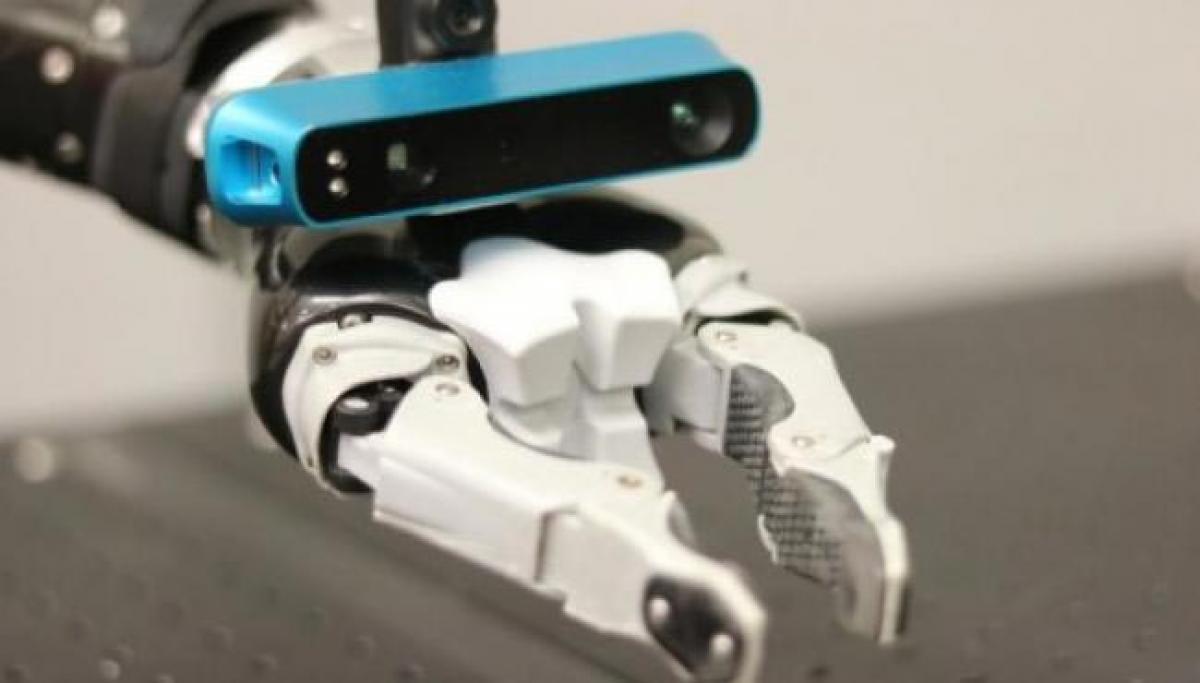Live
- S&P revises South Africa's outlook to positive
- Bihar: BSEB announces result of teacher competency test
- Miss Universe 2024: Date, Time, and Where to Watch the Glamorous Finale
- MUDA scam: Petitioner urges Lokayukta to probe documents taken away by minister to help Siddaramaiah
- Maharashtra: Tribal residents of Yavatmal realise their dream of 'pucca' house under PMAY
- FIIs to reduce selling in India towards year-end, fresh allocations to occur
- ESPN Tests AI Avatar' FACTS' for Sports Analytics
- Amit Shah accuses Hemant Soren of shielding Bangladeshi infiltrators
- I’m a fool essentially providing free funding to OpenAI: Musk once told Altman
- Have plans A, B, C and D in hand as there’s no certainty in the player auction, says RCB's Bobat









